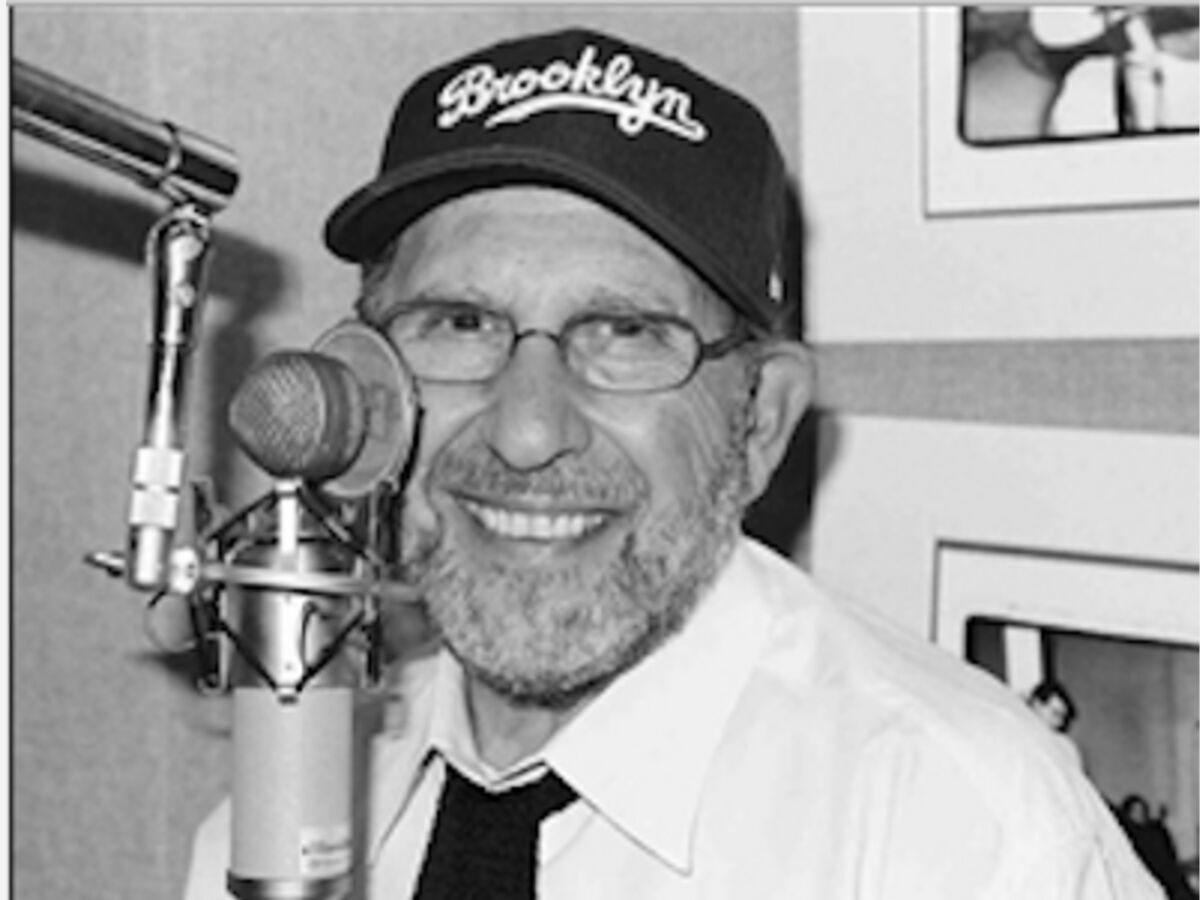Image


Note: This is the second in a two-part series about 914 Sound Studios and Bruce Springsteen's early Columbia recordings. Read the first part about Springsteen’s breakthrough sessions here.
Brooks Arthur was the man behind the music at 914 Sound Studios in Blauvelt, N.Y., where Bruce Springsteen cut his first records from 1973-75.
Arthur, the recording engineer behind a string of No. 1 hits and a Grammy Award winner, partnered with legendary producer Phil Ramone to open the suburban studio in 1971.
It was in that former garage off Route 303 that Springsteen recorded Greetings from Asbury Park, N.J., The Wild, the Innocent & the E Street Shuffle and the title track from Born to Run.
A long list of musical artists recorded at 914 Sound Studios during its heyday, including Janis Ian, Dusty Springfield, The Ramones, Melanie, Loudon Wainwright III and Blood Sweat and Tears.
Arthur, a Brooklyn native who now lives in Los Angeles, is writing a memoir while continuing to produce for Adam Sandler’s Happy Madison Productions.
I first interviewed him in 2015 when I wrote about the 40th anniversary of Born to Run, an article that gave birth to a historic plaque on the site, thanks to Springsteen diehard Michael Magnone and the Historical Society of Rockland County.
Arthur wasn't the engineer on Springsteen's recordings – that was Louis Lahav – but he set up the studio and assembled the team that worked with Springsteen and his manager/producer, Mike Appel.
Arthur, who had engineered recordings for Phil Spector, played a role in realizing Springsteen’s interpretation of Spector’s “Wall of Sound” on Born to Run.
I recently asked him to reminisce about Springsteen’s early days; his responses are here in this Q&A:
Question: What was your reaction when you heard about the sale of Springsteen’s catalog for $550 million?
Brooks Arthur: Richly deserved. Bruce spent tons of hours working the songs, recording his art, retooling his craft, finessing the tunes, polishing the melodies, tweaking his vocals, mixing his ass, and osmosing the music with the E-Streeters … even the studio walls started humming his music silently. It all came back to him.
Question: What were your first impressions of Springsteen during those early years?
Brooks Arthur: The moment he started strumming his guitar and singing those lyrics in the 914 control room, I predicted he'd be a megastar. I'm very proud and thrilled that my prediction came true.
Question: Springsteen’s first two albums and the title track from the third album contained some elaborate orchestrations. How was this accomplished in your 16-track studio?
Brooks Arthur: We had as many as 35, 36 musicians, strings, brass, reeds, percussion, in various sessions at one time in my room. To get all the instruments down on tape, we needed more track space. As a result, the real high-rent district turned out to be our 16-track Scully tape machine.
We had to be very creative in dropping guitar and percussion parts and some vocal fixes on tracks where they normally don't belong. But we needed the space, and we often turned to internal mixing and balancing on the 16-track, creating a spare track to make room for all of the carefully chosen instruments and vocals and The Big Man's sax parts, and necessity being the Mother of Invention, we made that 16-track machine "sing" like a 24-track.
And once we committed to a mix-down it would become part of history. That was the challenge for recording engineer Louis Lahav and assistant engineer Larry Alexander.
Question: In Springsteen’s autobiography, he writes about deteriorating conditions at 914, prompting Jon Landau to move him to The Record Plant to finish the Born to Run album. What happened?
Brooks Arthur: That I was mentioned in the early pages of Bruce's autobiography will always be honor enough for me. In terms of technical breakdowns and failures, they shouldn't have happened, but as I recall, [it was] mostly from the headphone connections and the process of non-stop demands and continual wear and tear.
When my 914 Sound Studio partnership ended in divorce and I moved to L.A. in 1975, many of the technical breakdowns occurred when I was already on the West Coast. Nobody took care of my baby like me. The room had a sound and the room had a soul and what came out of those recording sessions made music industry history and made artistic history. That's the outcome I focus on. The way I look at it is that it didn't hurt the sound, 'cause when our records play on the radio or are played in a home or a control room setting, there's nothing like 'em.
Jon Landau was an impresario when it came to the business of Bruce Springsteen and Jon shaped Bruce's career. Through the years, Bruce made extraordinary albums, extraordinary records, but when it comes down to it, when the songs that were cut at 914 come on the radio, there's no denying their honesty, earthiness and greatness.
Note: This interview has been edited for length and clarity.
Read more by this author:
Born in Blauvelt: Bruce Springsteen's $550M Payday
'Midget Bandit' Murdered Two in Century-Old Pearl River Bank Heist
Spy's Purloined Plaque Replaced, But Disappearance Still a Mystery